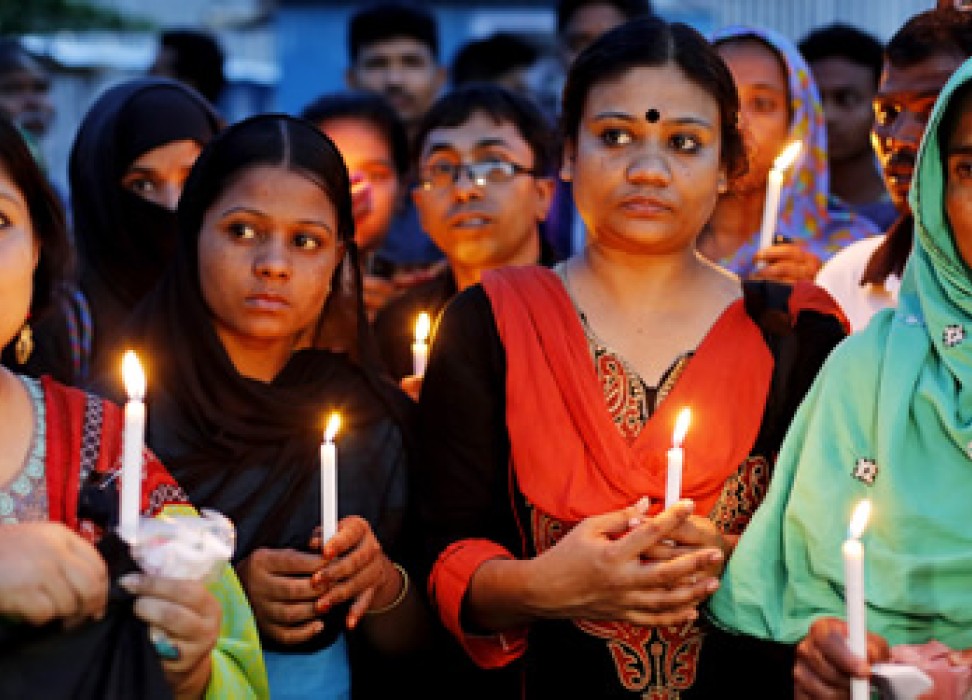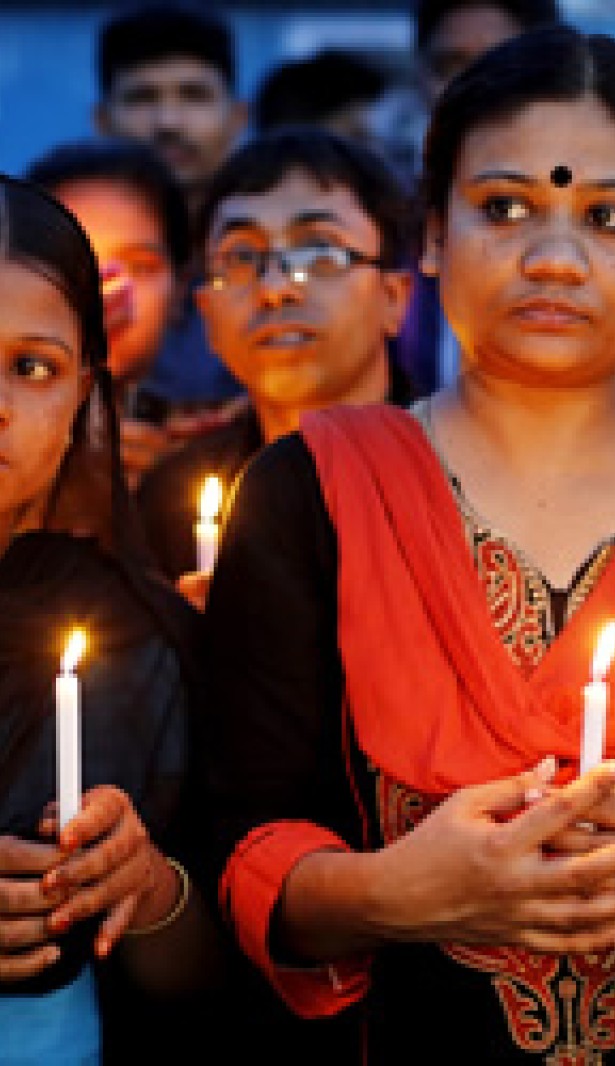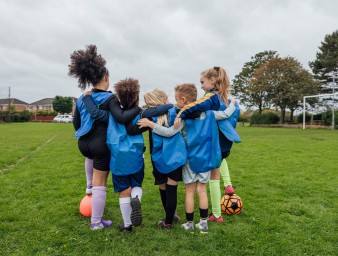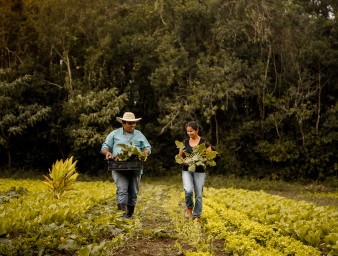Making human rights fashionable
19 November 2015

How do you make human rights fashionable?
For South African fashion designer Sindiso Khumalo, you do it by having a real stake in the whole production chain process, from the designers all the way to the weavers of the cloth.
“We care as much about the craftsmen as we do about the designers,” she said. “A lot of fashion designers are playing a huge role in producing ethical goods. It is important that the goods we make empower the people who make them.”
Khumalo was one of the speakers during a discussion on sustainable fashion, empowering women in Africa’s fashion industry. The discussion was part of the UN Forum on Business and Human Rights taking place in Geneva. The three-day conference brought together more than 2,000 participants from across the globe to discuss the intersection of human rights and business.
The Forum side event on sustainable fashion brought together a wide range of experts to discuss ways in which fashion could be used as way to be more inclusive and increase the participation of women in the global economy.
Fashion can be a means to address human rights, said Arancha Gonzalez, Executive Director of the International Trade Centre (ITC). It is an opportunity to tap into markets and eradicate extreme poverty, which today is the biggest failure of human rights, she said.
Through its Ethical Fashion Initiative, the ITC has managed to link micro-producers in places like Haiti, Kenya and Burkina Faso to high end fashion houses and designers to provide fabric, tailoring and other expertise. The results were the creation of many jobs. “And not just any jobs, but jobs that are decent and conscious of the sustainability of the production process,” she said. “It is about empowering women and…demonstrating that fashion can be sustainable.”
In addition, human rights are fashionable when workers throughout the industry supply chain are treated with decency, said Auret van Heerden, president and founder of Equiception. He mentioned the plight of the garment workers who died or were injured in the Rana Plaza building collapse in Bangladesh in April 2013. Workers knew that the building was unsafe, he said. They had told the owners the night before. Yet, on the day of the collapse, workers were beaten with sticks and forced inside. They had to give in because they had no voice, van Heerden said.
“We have to give all the actors in the supply chain that voice to be able to enjoy a minimum of dignity, a minimum of respect,” he said. “We need to get all the actors in the supply chain saying ‘As we produce these beautiful products, have we thought about the ethics, have we thought about the dignity and respect of all the people in this supply chain.’”
19 November 2015




